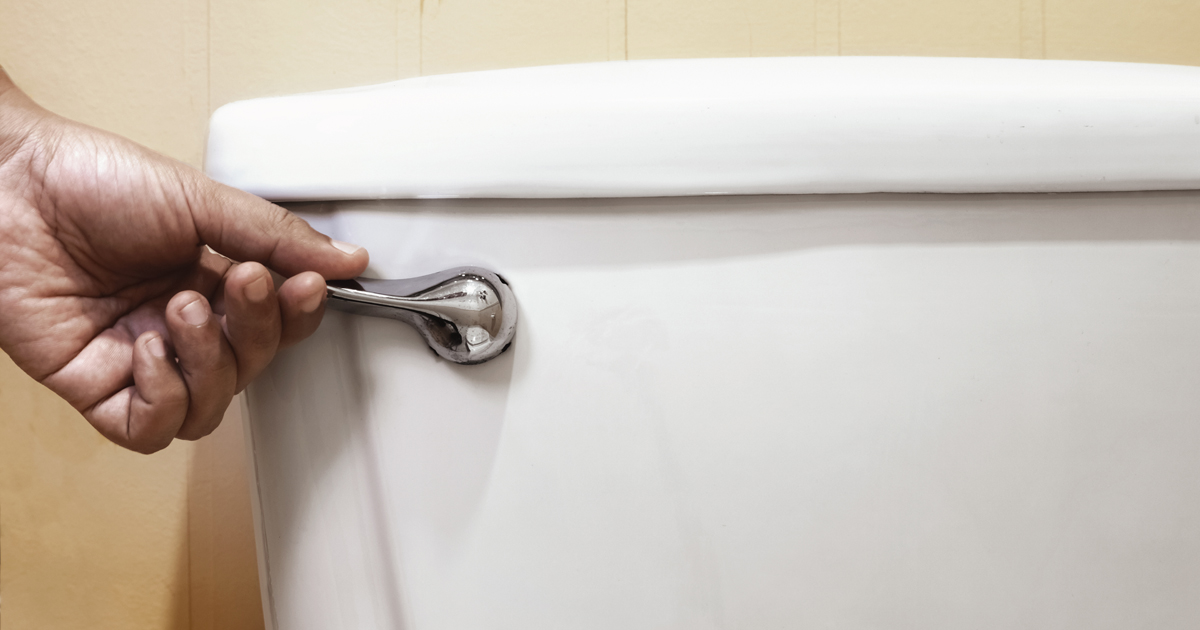Flushing toilets may spread bacteria in hospitals

Bioaerosols produced by toilet flushing may help spread bacteria like Clostridioides difficile in hospitals, according to a pilot study conducted in the rooms of patients with C. difficile infection.
“C. difficile can encapsulate itself into spores that are highly compact and resistant to penetration,” Geneva M. Wilson PhD, MPH, a researcher at the University of Iowa College of Public Health, told Healio. “These spores allow C. difficile to persist in the environment for extended periods of time, meaning they can survive in a toilet bowl and are small enough to be projected from the toilet bowl via [a] plume that results from flushing.”
Wilson and colleagues collected bioaerosal samples 0.15 m, 0.5 m and 1 m from the rims of toilets in eight bathrooms of patients hospitalized with C. difficile at University of Iowa Hospitals and Clinics. They collected room air using a bioaerosol sampler for 20 minutes before and after toilet flushing. In total, 72 preflush and 72 postflush samples were collected.
Overall, nine of the preflush samples and 19 of the postflush samples were culture positive for health care-associated bacteria, with predominant species including Enterococcus faecalis, Enterococcus faecium and C. difficile. Postflush samples showed significant increases in concentrations of the two large particle size categories when compared with preflush samples (10 m; P = .0082; 5 m; P = .0095).

“We did not expect the high quantity of Enterococcus that was captured in this study,” Wilson said. “Additionally, we did not expect the bioaerosols to increase the further we were from the toilet in the preflush samples.”
Wilson also noted that education should be used to reinforce the “need for proper bathroom hygiene and sanitation” among both providers and their patients.
“Further studies to determine the potential transmission risk of bioaerosols from toilet plumes must be done before the clinical implications can be determined,” Wilson said. “The primary goal of the study was to further our knowledge on potential sources of environmental contamination in the health care setting. The take home message is that toilets are heavily contaminated and potentially contributing to environmental contamination in patient rooms.” – by Eamon Dreisbach
Disclosures: The authors report no relevant financial disclosures.
